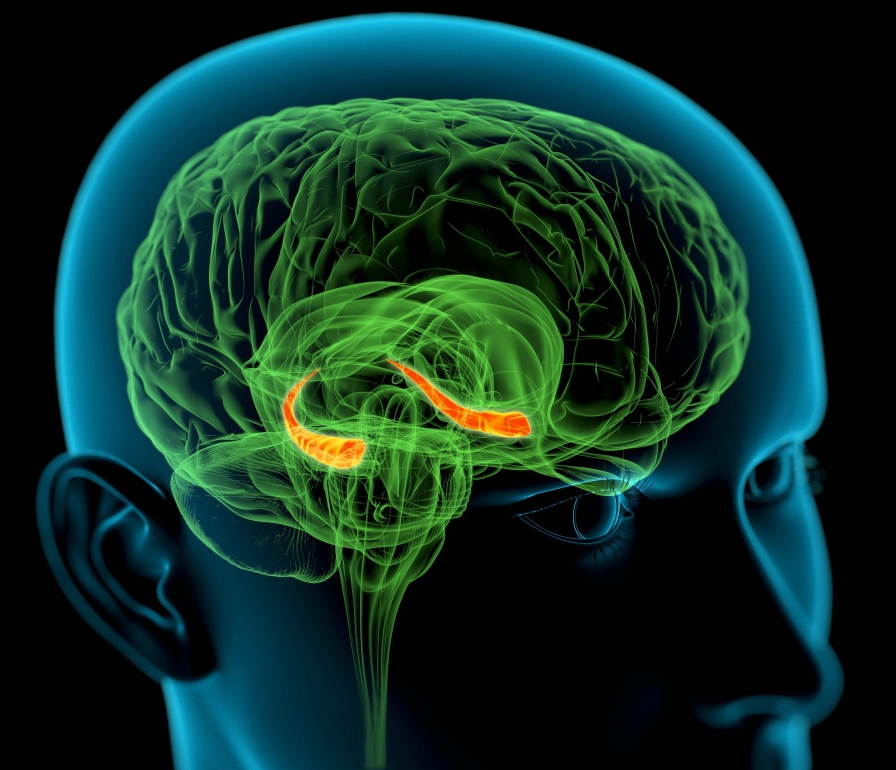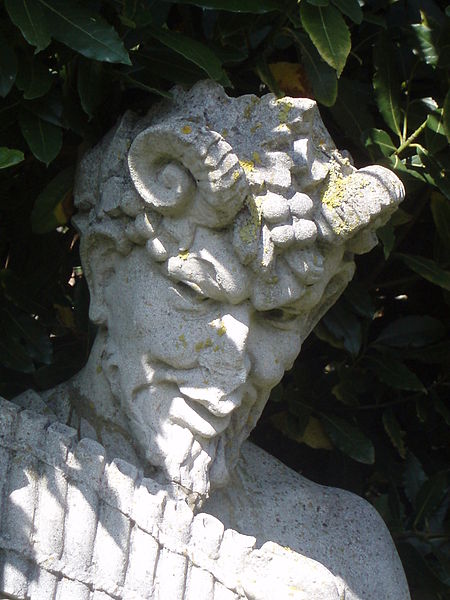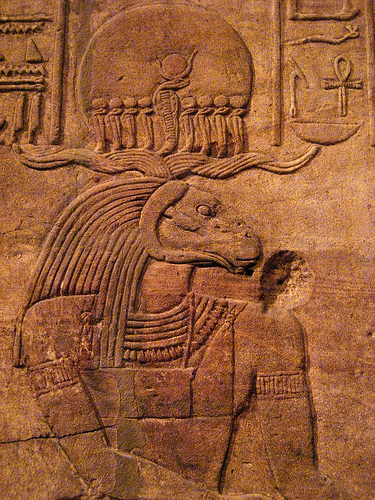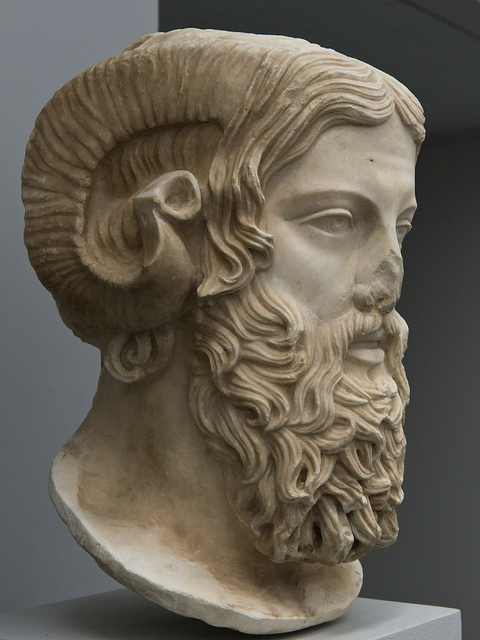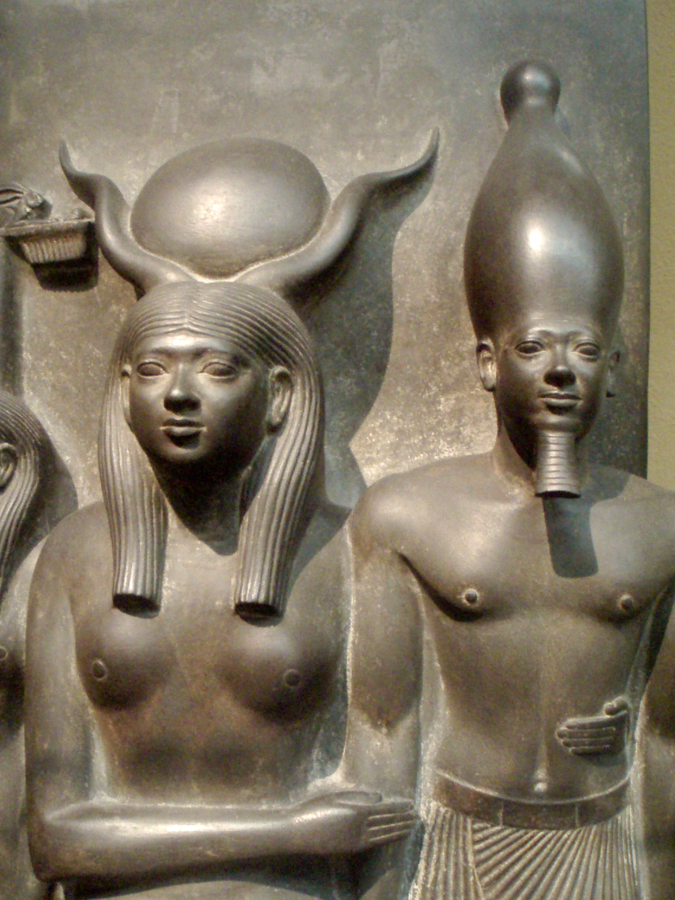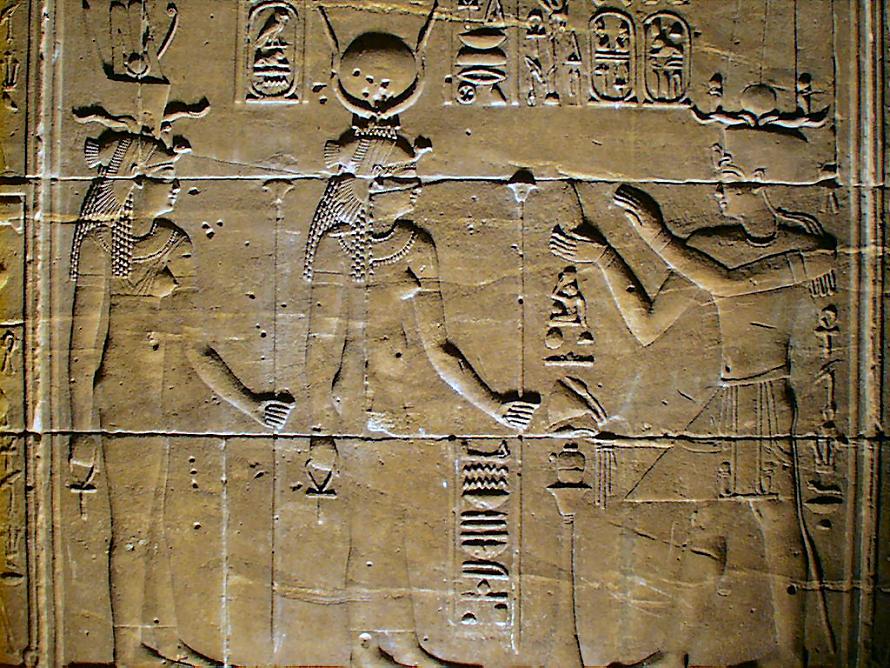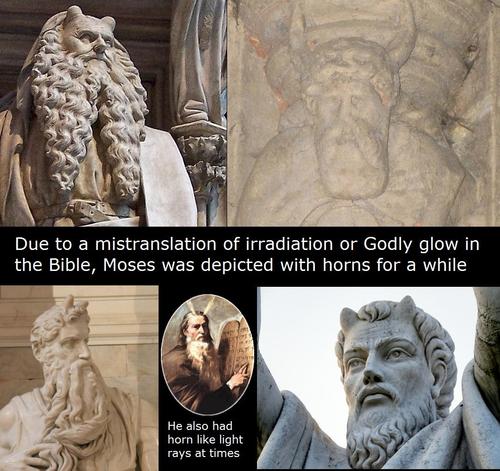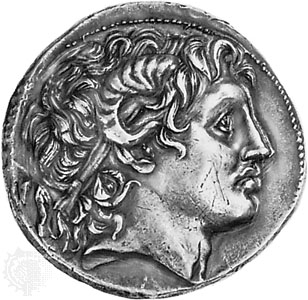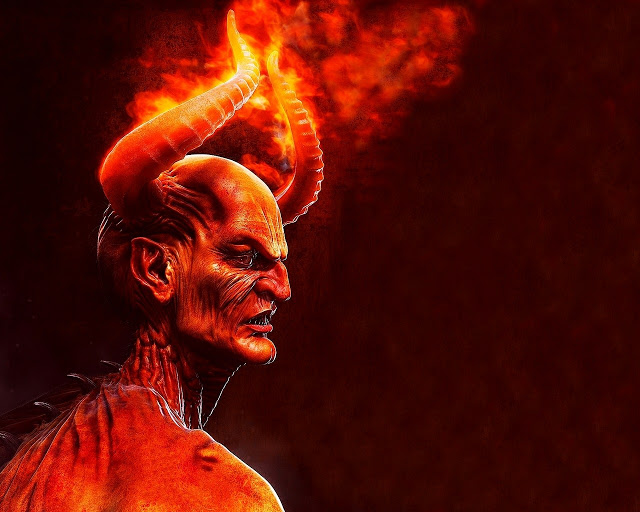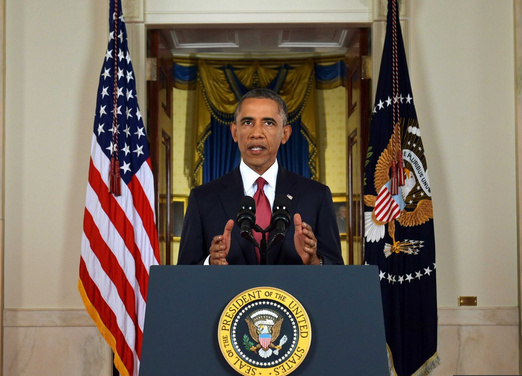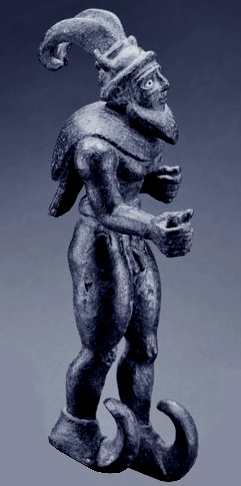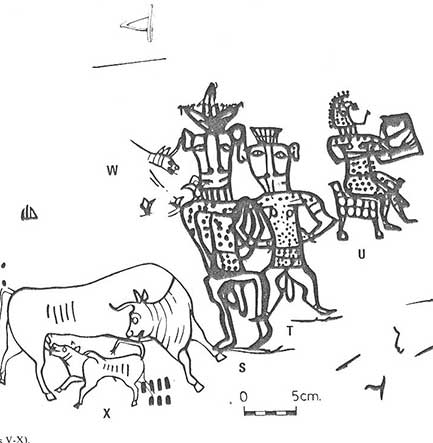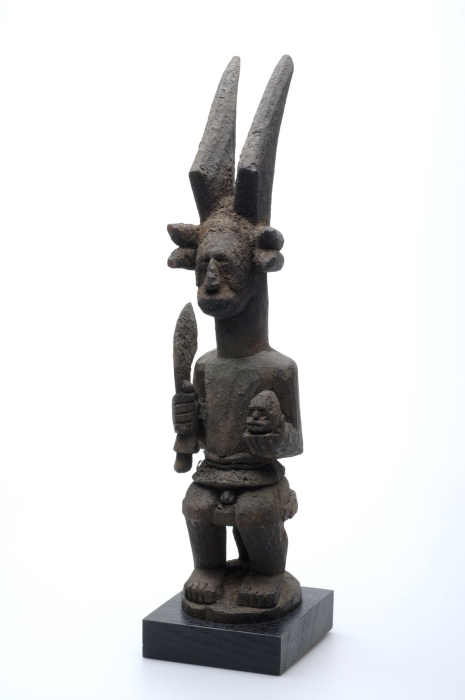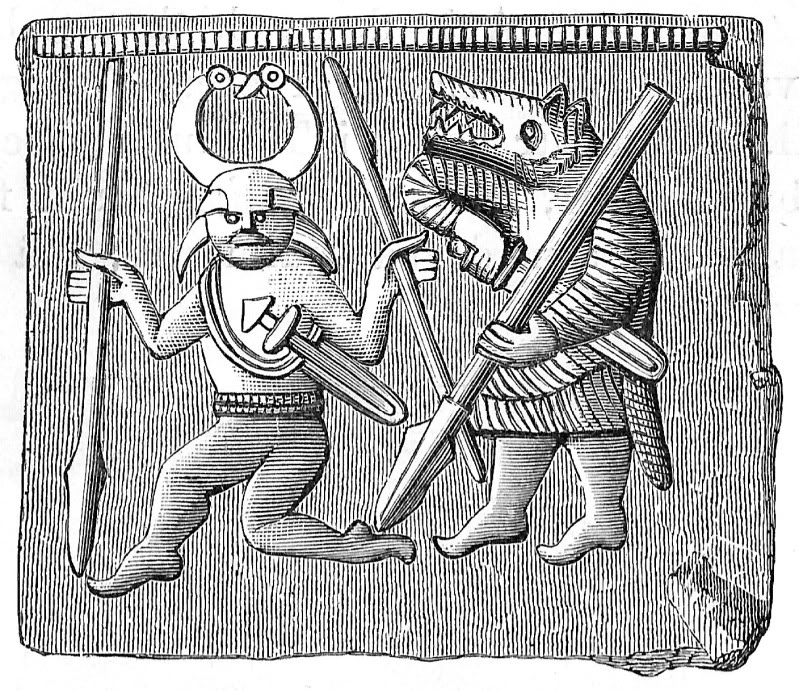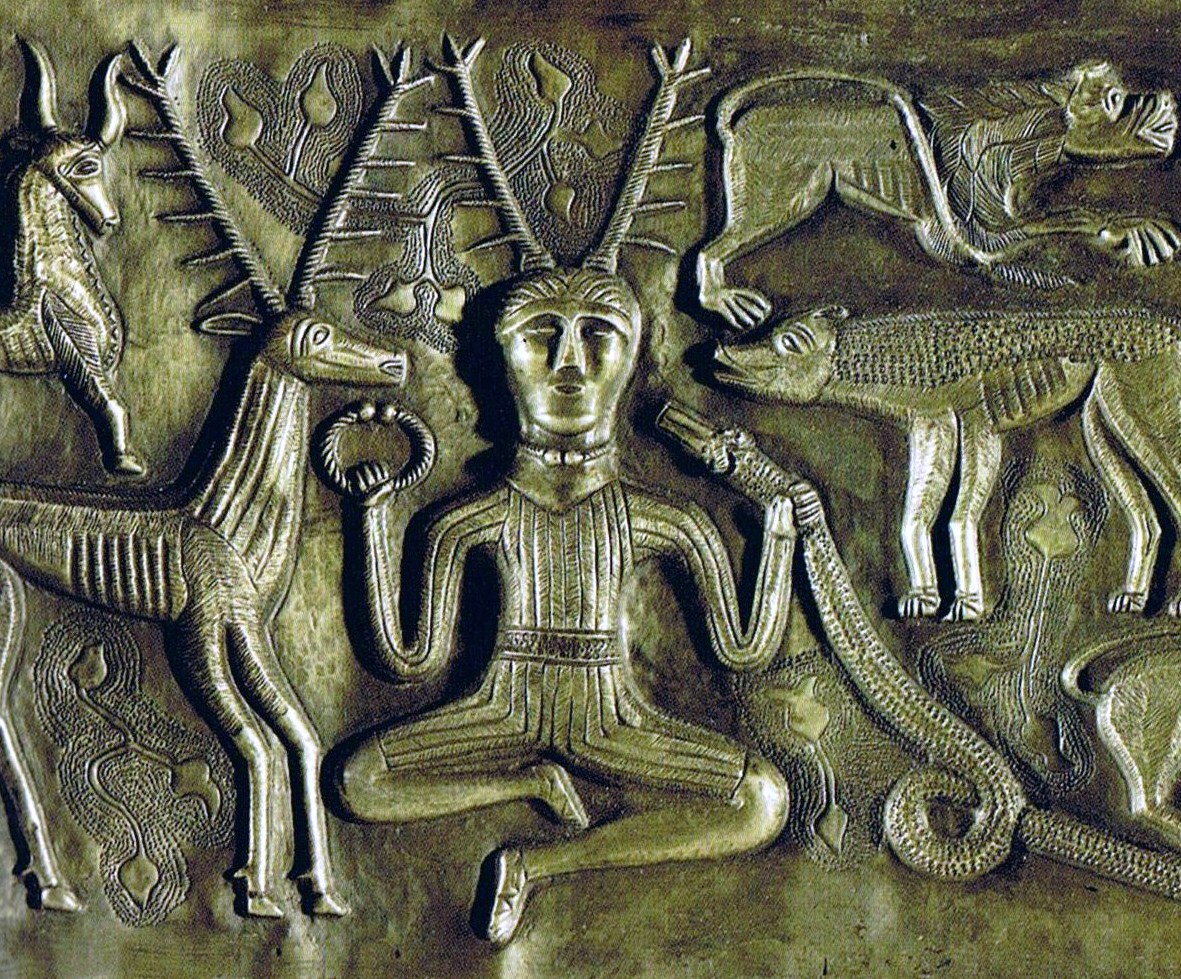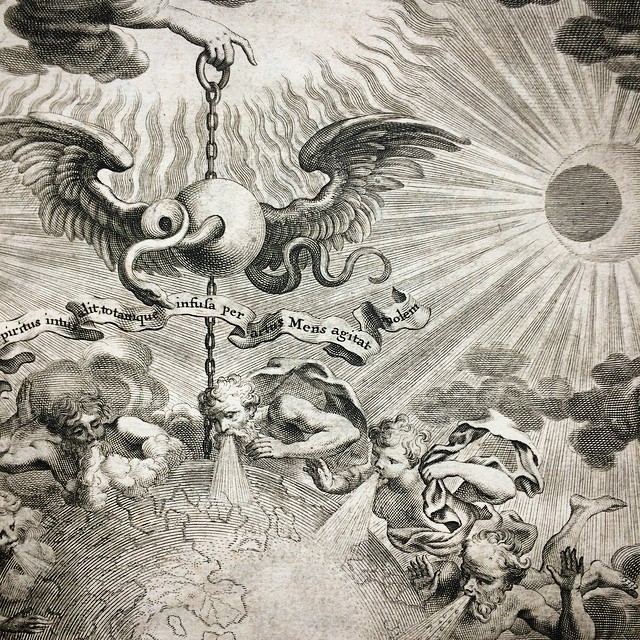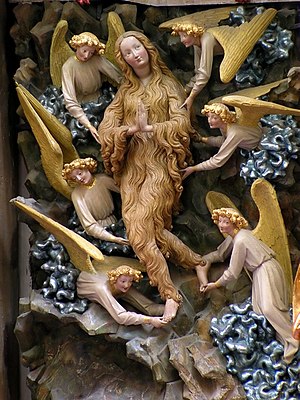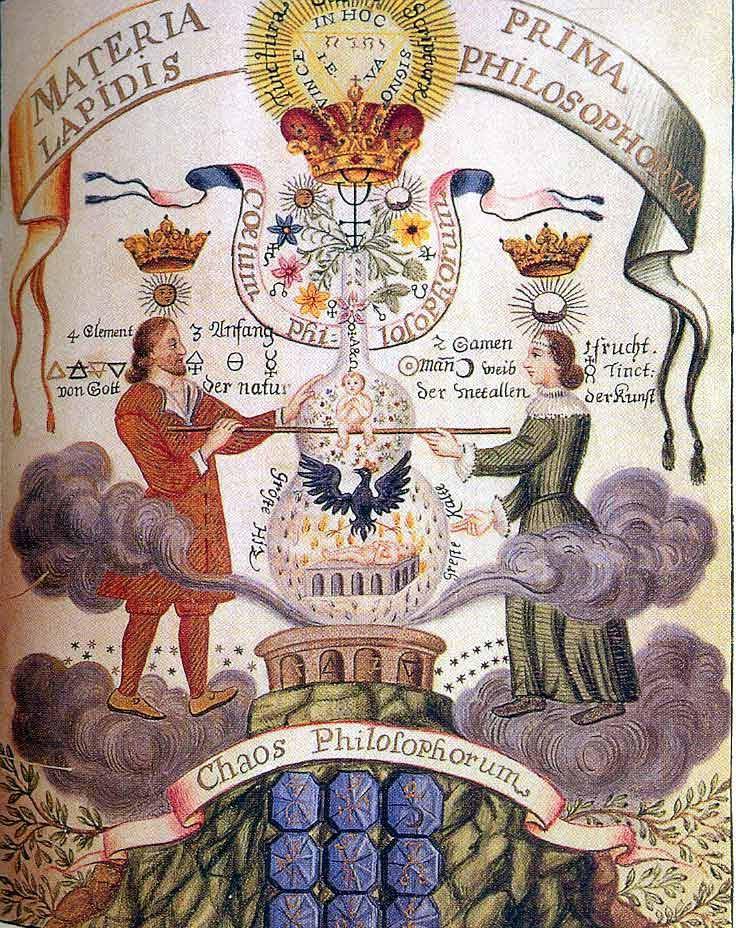All throughout the course of recorded human and religious history, you’ll find various images a very famous people and god’s 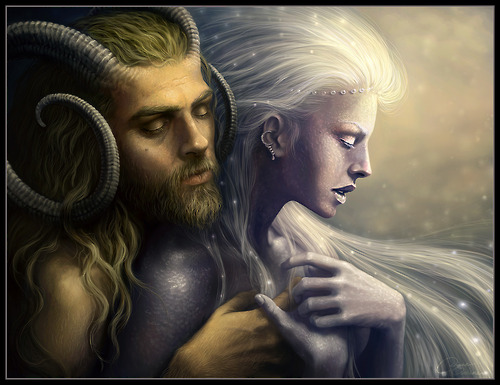 wearing horns. Often the horns are depicted as coming out of each sides of their skulls. If you look back during the Old Testament days prior to the coming of Jesus, you will find many ancient Hittite, Egyptian, Greek, Roman and Celtic gods, various military leaders and even Kings who can be found on statues, coins and on various tribal seals with two horns coming out of the sides of their heads.
wearing horns. Often the horns are depicted as coming out of each sides of their skulls. If you look back during the Old Testament days prior to the coming of Jesus, you will find many ancient Hittite, Egyptian, Greek, Roman and Celtic gods, various military leaders and even Kings who can be found on statues, coins and on various tribal seals with two horns coming out of the sides of their heads.
Many modern Christians and other people influenced by Christian literature would most likely associate these horned deities with the devil and any people who wear horns would without a doubt be considered evil. But in ancient times, this was simply not the case.
The horns were the main symbol of the world wide Gnostic religion in which many of these Gods and people were its representatives. They were the intermediaries between God and or the spirit world and man.
As I’ve written many times in the past, these horns were never meant to be an evil symbol, but were assigned to various Gnostic luminaries as a symbol for their Gnosis. As Plato had once said, “all learning is remembering,” and the horns are actually representative of a Gnostic science that deals with the human body and brain being that of the hippocampus is also called the Amon’s horn. A section of the brain that is used for storing and retrieving all of our memories. I have written many article on this subject that you can check out such as Ammon’s Horn, Amon – King of Gods and Lord of Thrones and The Third Eye to name a few.
Examples of old God’s who would represent this ancient Gnostic religion would be the great Greek Pan.
In ancient Egypt, you can find horned gods like Amon Ra
And Jupiter Amon.
There were also horned women Gods who controlled the Gnosis of the state under a veil such as Hathor
And the Goddess of Magic and War, Isis wore the horns.
Even one the most famous Hebrew law givers that the world has ever known and we know as Moses is often depicted wearing horns on statues and in images such as just a few of the ones below that can be found all over the world.
You’ll also find powerful military leaders, emperor’s and Kings who were often characterized as wearing horns such as Alexander the Great
It is curious to also note that one of the most famous horned fallen god’s is known as Satan or the devil in the New Testament.
My question to you is that why is one of the most evil characters in the Christian new testament bible that we know the devil always wearing horns and carrying a pitchfork, but in ancient times horned wearing gods and men and pitchforks in the form of a trident were not only cool, it was the norm?
That question we will explore together in more detail in a future article. For now, I would like to share with you some of my research that I’ve collected over the years showing various gods and godmen who can be found wearing these horns that I speak of. I will try to place them in order from the most ancient to even modern times with U.S. President Barack Obama sporting the Gnostic horns.
Here are some of the oldest horned Gods and deities that have been found all around the world.
This is a horned God known to be associated with a people called the Elamites. It is a bronze statue of man with horns and upturned shoes just like the Hittites had worn and who also have horned Gods. It was is dated to around 3000 BC. The copper and bronze age of Crete extended to Mohenjo-daro has been assigned to 3000-2800 bc. The Elamites are said to have discovered the use of the wheel, both for vehicular and pottery purposes, earlier than the Babylonians.
From the Art Institute of Chicago – Cast in solid copper and executed with a remarkable degree of sophistication, this statuette is thought to represent a supernatural being that served as an intermediary between the physical world and the spiritual realm. It depicts a muscular, bearded male wearing a headdress of goat horns and ears, a raptor skin over his shoulders, a cylindrical belt around his trim waist, and ankle boots with long, curved toes.
His eyes are inlaid with bits of shell or stone; the now-missing pupils were probably made from a contrasting material. It is one of a pair of virtually identical figures (the other is in the collection of the Metropolitan Museum of Art, New York) that are unlike anything else that is known today. —Gallery label
Here is an incredibly crude image of the Hebrew God Yahweh. Do you notice the serpents or worms and how they are spotted in this old image? These are clues on how the supernatural world operates.
Ikenga (Igbo literal meaning “place of strength”) is a horned Alusi (deity) found among the Igbo people in southeastern Nigeria. It is one of the most popular symbols of the Igbo people, and the most common cultural artifact. The Gnostic Ikenga is a source of encoded knowledge unraveled through psychological principles.
Adherents of Odinani (the traditional folk religion of the Igbo people of south-eastern Nigeria) worship the Ikenga, a horned god of honest achievement, whose two horns symbolise self-will. Small wooden statues of him are made and praised as personal altars. Ikenga is mostly maintained, kept or owned by men and occasionally by women of high reputation and integrity in the society. It comprises someone’s Chi (personal god), his Ndichie (ancestors), aka Ikenga (right hand), ike (power) as well as spiritual activation through prayer and sacrifice.(Wikipedia)

Moe is the founder of GnosticWarrior.com. He is a father, husband, author, martial arts black belt, and an expert in Gnosticism, the occult, and esotericism.

